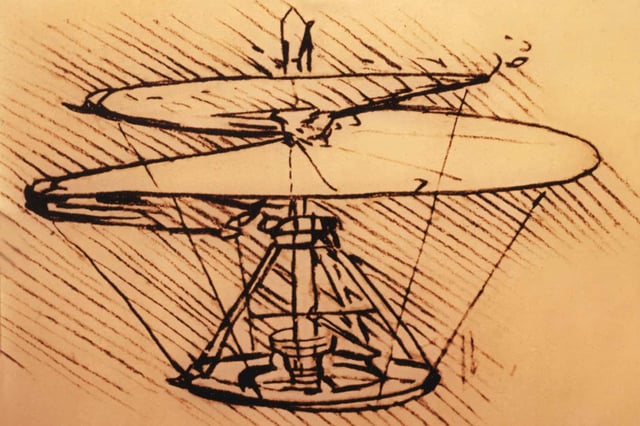Overview
- Simulations by Rajat Mittal’s team indicate the 15th-century aerial screw can produce the same lift as a two-bladed rotor while rotating more slowly, cutting power consumption
- The single-blade, spiral design suppresses blade–vortex interactions, resulting in lower acoustic intensity per unit lift in virtual wind-tunnel tests
- The findings are based on pre–peer-review computational fluid dynamics models that so far only assess hovering performance rather than forward flight
- Planned next steps include live flight trials and exploration of geometrical variations—such as additional helical turns—to enhance efficiency and structural stability
- A quieter, more efficient aerial screw rotor could benefit noise-sensitive drone applications like urban deliveries and emergency response

